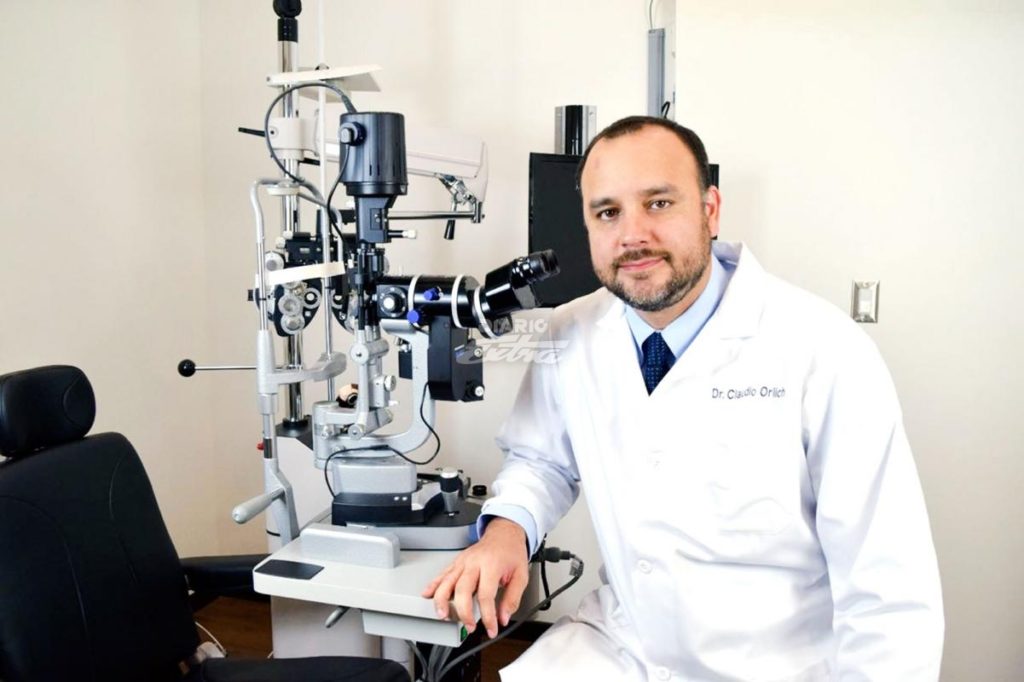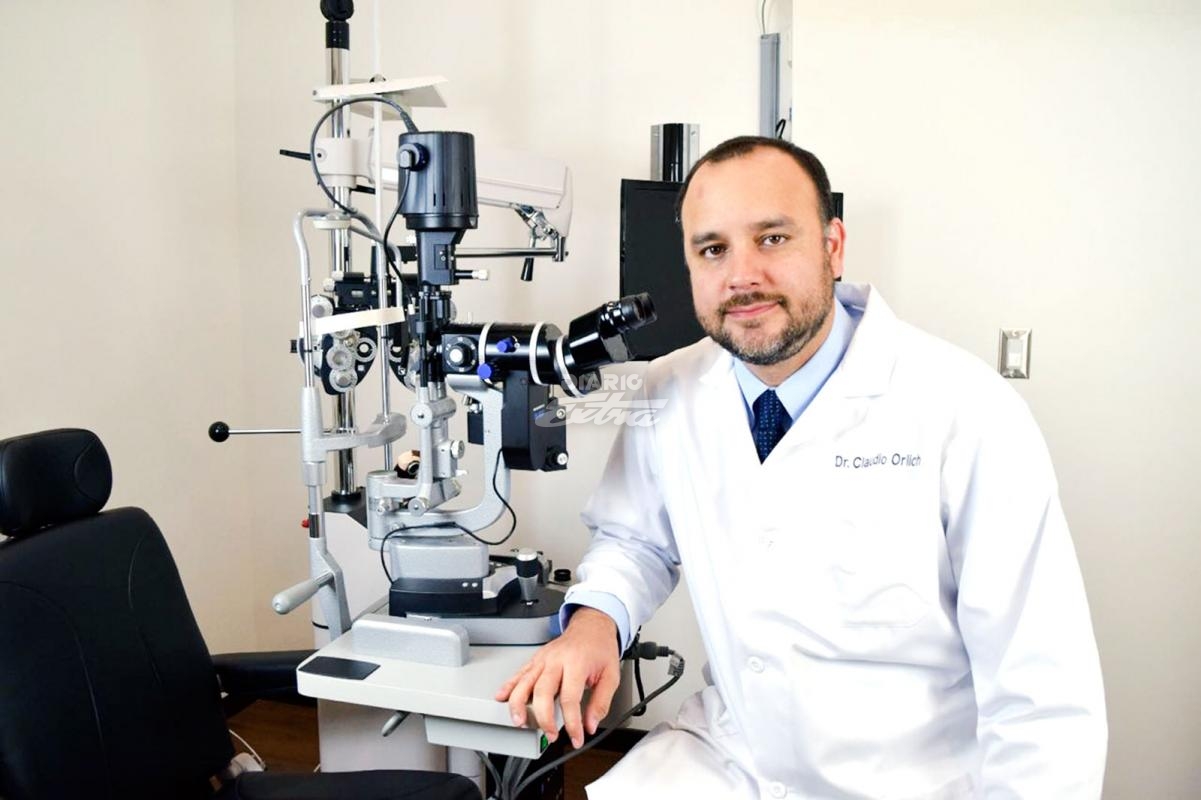Beginning of Dr. Claudio Orlich’s His Medical Journey
Studying Medicine in Costa Rica
We all start somewhere, right? For Dr. Orlich, it was his homeland, Costa Rica, where he embarked on his medical voyage. Immersed in his studies, he was poised for greatness from the get-go.
Residency in Ophthalmology
But Costa Rica was just the starting point. Dr. Orlich further honed his expertise at the esteemed Dr. Luis Sánchez Bulnes Hospital, part of the Association to Prevent Blindness in Mexico (APEC). It’s here that he completed his residency in Ophthalmology.
Subspecialty in Cornea and Refractive SurgerCan you imagine stopping when you’re on a roll? Neither could Dr. Orlich. He went on to study a subspecialty in Cornea and Refractive Surgery at the Cornea Service of APEC. Talk about dedication!
An Array of Associations
Memberships Galore
Being a member of prestigious associations isn’t just a feather in one’s cap; it signifies commitment and recognition. Dr. Orlich proudly belongs to the Costa Rican Association of Ophthalmology, the American Academy of Ophthalmology (AAO), and the American Association of Cataract and Refractive Surgeons (ASCRS).
Honorary Membership
What’s more impressive than being a member? Being an honorary member! And, Dr. Orlich has that distinction with the Colombian Ophthalmology Society, among other esteemed medical associations.
Landmarks in His Career
Serving the Costa Rican Community
From March 2003 to September 2008, Dr. Orlich dedicated his skills at the National Children’s Hospital and the Ophthalmology Clinic of the Costa Rican Social Security Fund. But was this the zenith of his career? Hardly.
Firsts in Costa Rica
How does it feel to be the pioneer of something? Just ask Dr. Orlich. He introduced the “Anillos de Ferrara” implants in Costa Rica in 2005. And come 2007, he astounded everyone by performing the nation’s first artificial cornea transplant (Alphacor). This monumental achievement made him the first ophthalmologist in Latin America to apply such a procedure.
Leading Laser Technology in Central America
By 2009, he had introduced the first Intralase in Central America and the Caribbean, right in Costa Rica. With the onset of these advancements, laser cornea transplant surgeries and “intrastromal rings” implants, fully laser-driven, became a reality.
Breaking Ground in 2011
The innovations didn’t stop. In 2011, armed with the LenSx, the inaugural femtosecond laser approved by the FDA, Dr. Orlich became the first Central American doctor to conduct laser cataract surgeries.
Contributions Beyond Surgeries
Authoring and Collaborations
The medical world reveres Dr. Orlich not just for his surgical prowess, but for his academic contributions too. With articles published in top-tier medical journals and collaborations on ophthalmology books, his influence is far-reaching.
Global Speaker
His wisdom isn’t confined to print. Dr. Orlich has graced various international ophthalmology conferences as a special guest professor, sharing his knowledge with eager audiences.
Conclusion
Dr. Claudio Orlich’s journey from a passionate student in Costa Rica to an ophthalmological maestro is nothing short of inspiring. His relentless pursuit of excellence, innovations, and contributions to the field make him a luminary. And while we’ve recounted many of his achievements, we believe there’s much more brilliance on the horizon for this outstanding doctor.
FAQs:
- Where did Dr. Orlich complete his medical studies?Dr. Orlich studied medicine in Costa Rica.
- What was Dr. Orlich’s groundbreaking achievement in 2007?He performed the first artificial cornea transplant (Alphacor) in Costa Rica.
- Which laser did Dr. Orlich use for cataract surgeries in 2011?He used the LenSx, the first femtosecond laser approved by the FDA.
- Has Dr. Orlich contributed to academic publications?Yes, he has published articles in medical journals and collaborated on ophthalmology books.
- Is Dr. Orlich associated with any ophthalmology associations?Yes, he’s a member of several, including the Costa Rican Association of Ophthalmology and the American Academy of Ophthalmology.



